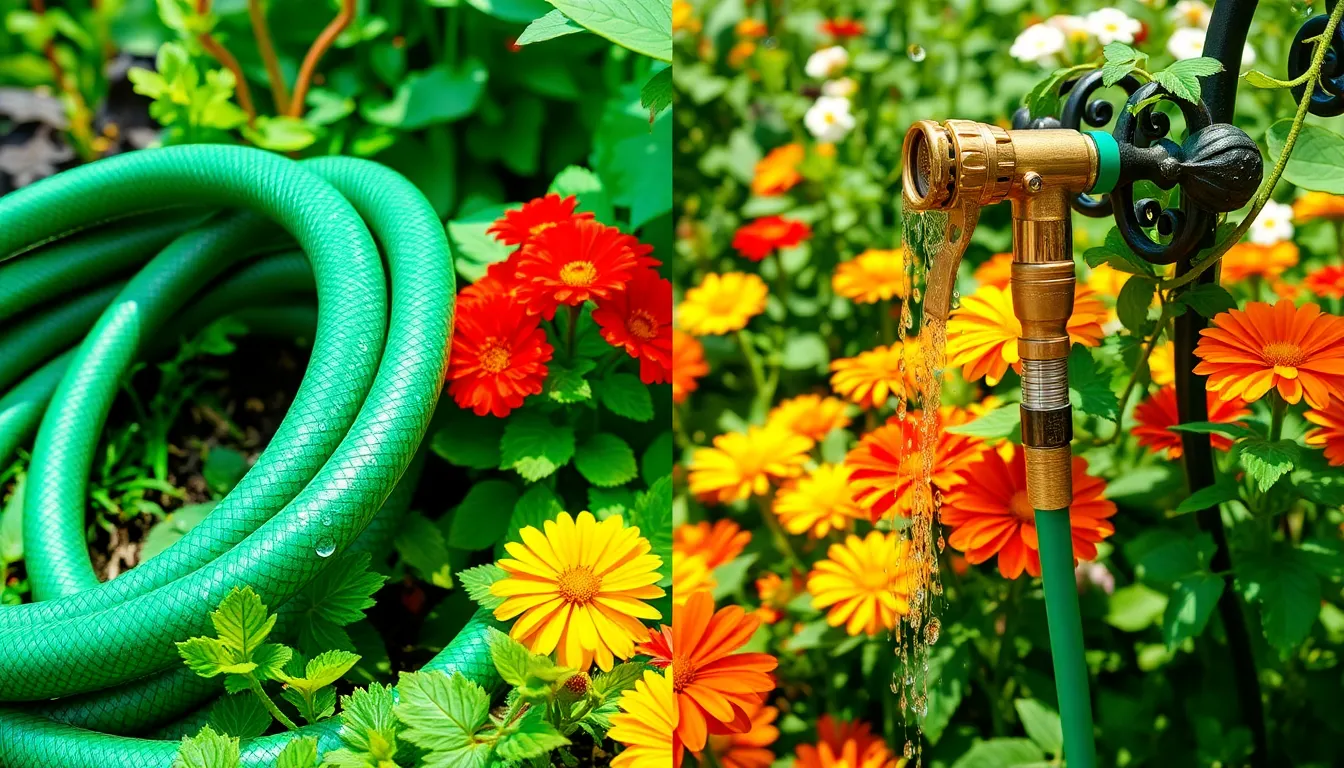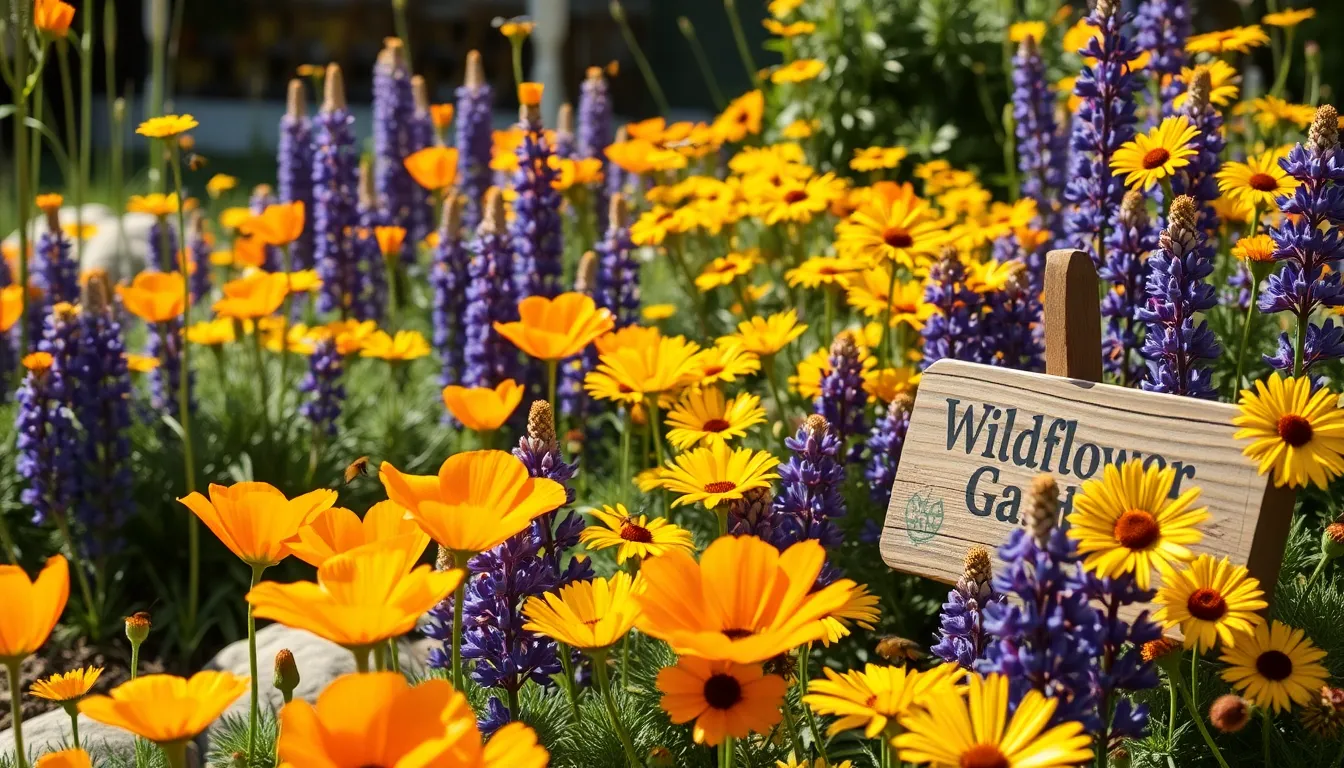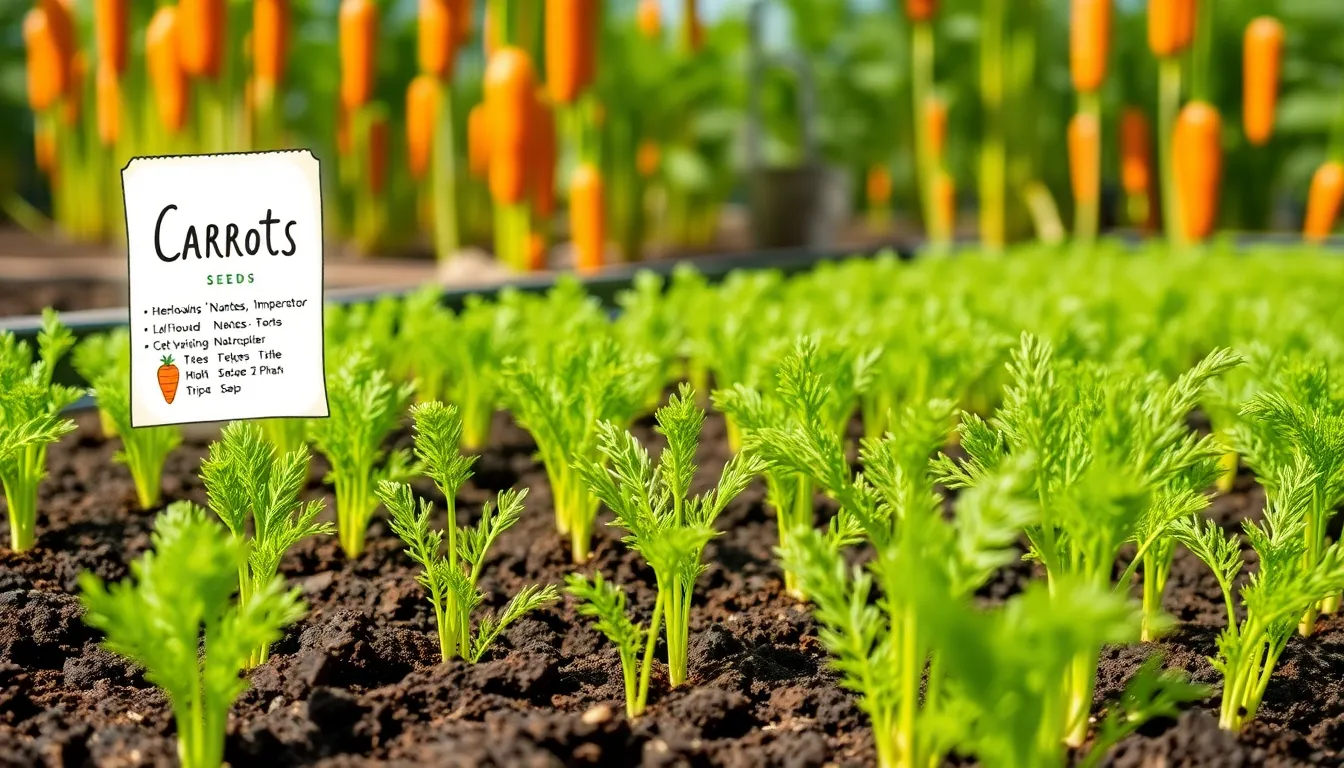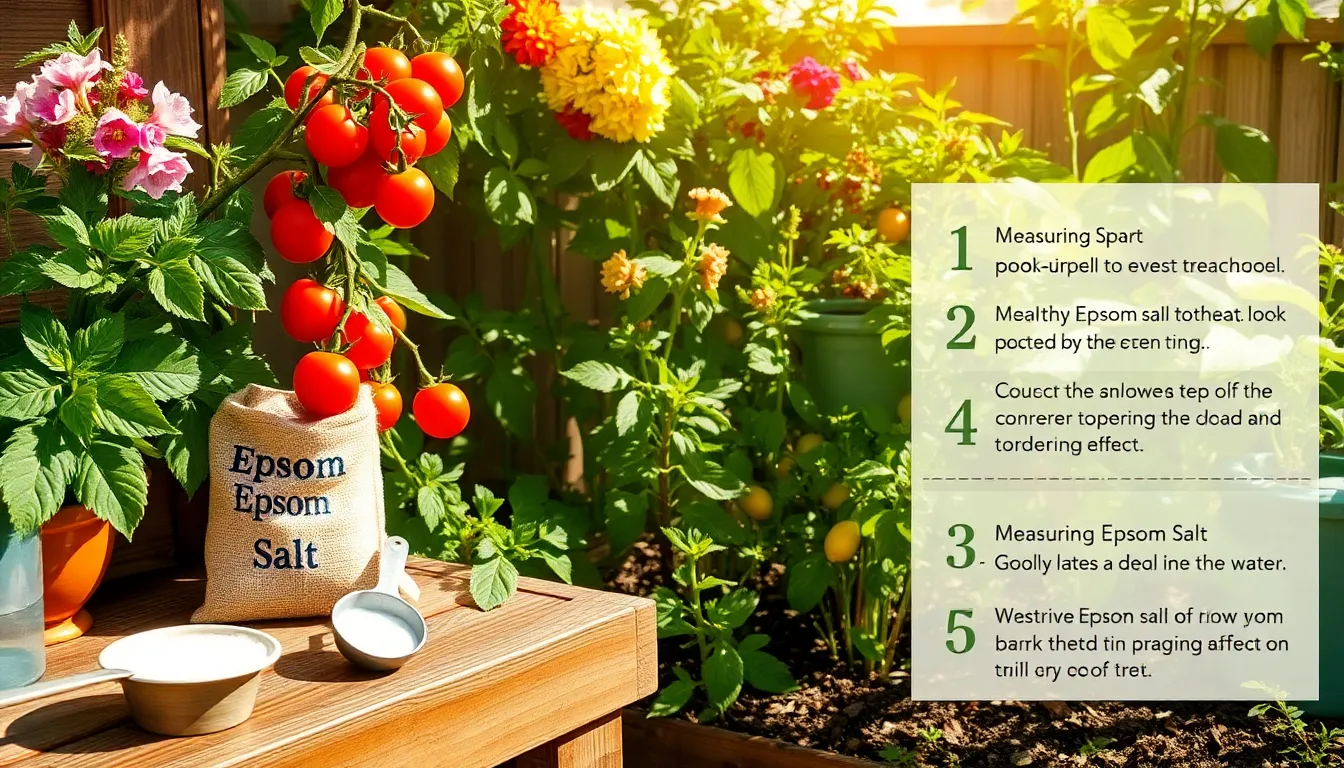Whether you’re nurturing a modest balcony oasis or tending to an expansive backyard paradise, choosing the right garden hose is an essential step in your gardening journey. A good garden hose is more than just a tool; it’s your trusty partner, delivering life-giving water to your plants and ensuring your garden thrives. For beginners, navigating the myriad of options can seem daunting, while seasoned gardeners may find themselves seeking an upgrade to meet evolving needs.
Understanding the significance of a well-chosen garden hose can make all the difference between a flourishing landscape and a patchy, thirsty yard. In this guide, we’ll explore the various types of hoses, materials, lengths, and features, helping you to make an informed choice that aligns with your unique gardening goals. We’ll delve into the nuances of flexibility, durability, and ease of use, ensuring that your selection supports your gardening efforts without unnecessary hassle.
With our practical advice and insights, you’ll gain confidence in selecting a hose that not only meets the demands of your garden but also enhances your overall gardening experience. Whether you’re watering a lush vegetable patch, delicate flower beds, or a sprawling lawn, this guide will equip you with the knowledge to keep your garden vibrant and healthy. So, let’s unravel the mysteries of garden hoses together and set you on the path to watering success!
Determine Hose Length Needed
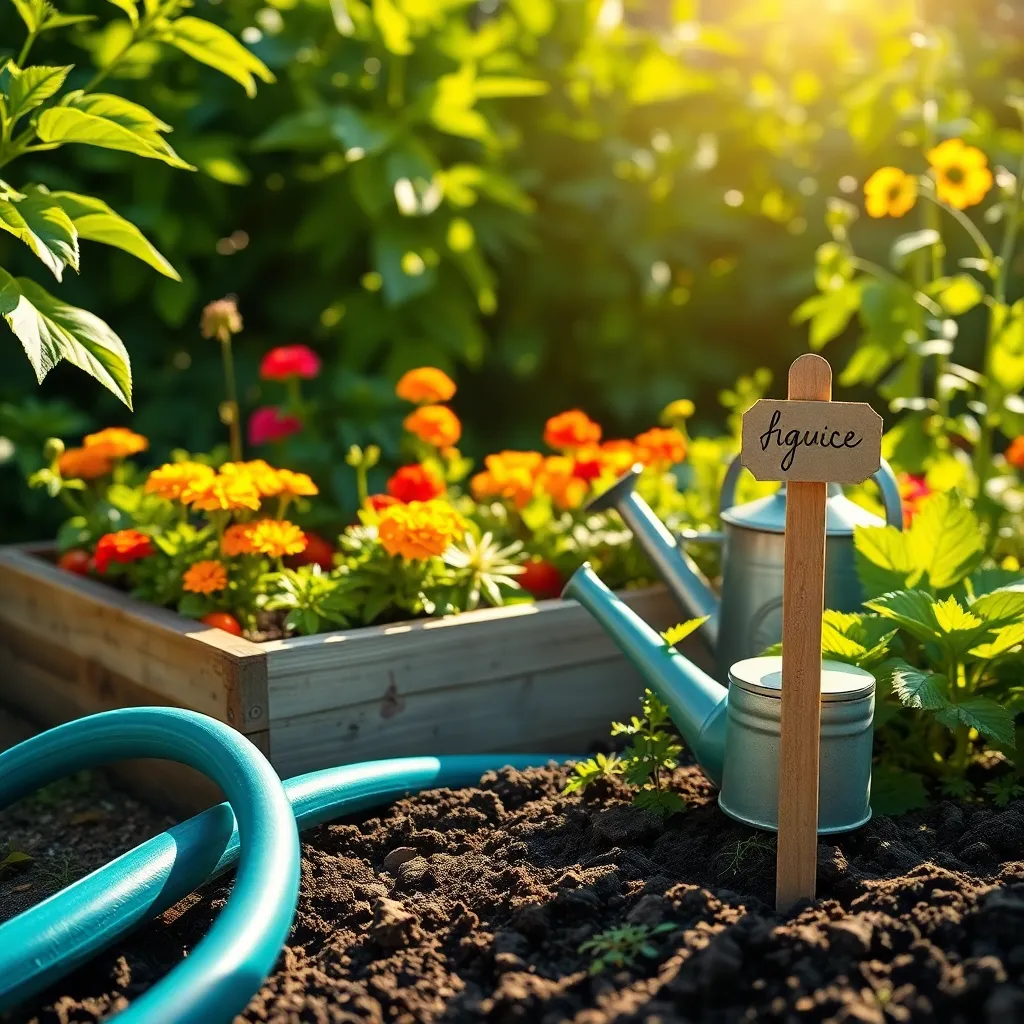
Understanding the length of hose you need is crucial for efficient garden management. Begin by measuring the distance from your water source to the farthest point in your garden.
To do this, use a measuring tape or a piece of string to follow the path your hose will take. Make sure to account for any obstacles or twists and turns that may increase the length required.
Consider using multiple hoses if your garden is particularly large or has different areas with distinct watering needs. This will allow you to customize the length and avoid the hassle of dragging a single long hose around.
For gardens with raised beds or container setups, a shorter hose might suffice, especially if you use a watering wand. This setup can help ensure precise watering and prevent waste.
Select Appropriate Hose Material
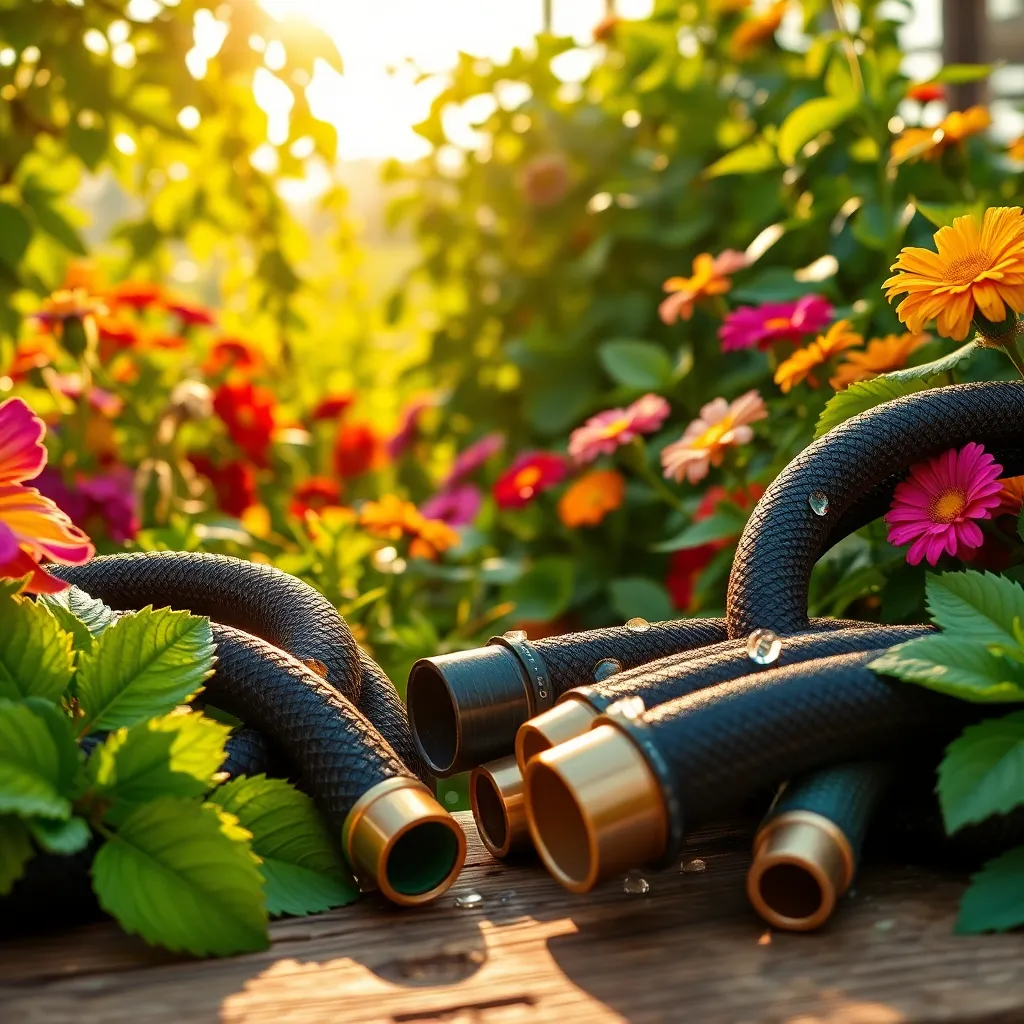
Choosing the right hose material is crucial for effective watering and longevity of your garden tools. Consider the specific needs of your garden and how often you plan to use the hose to make the best choice.
Vinyl hoses are lightweight and affordable, making them a great option for small gardens or occasional use. However, they may not withstand harsh weather as well as other materials, so store them indoors during extreme conditions to prolong their life.
Rubber hoses offer superior durability and flexibility, even in colder temperatures. Though they are generally more expensive, these hoses are ideal for frequent use and can handle higher water pressures without kinking.
For those looking for a balance between weight and durability, consider a reinforced or hybrid hose. These typically combine the best features of vinyl and rubber, providing a lightweight yet sturdy option that’s suitable for various gardening tasks.
Evaluate Hose Diameter Options
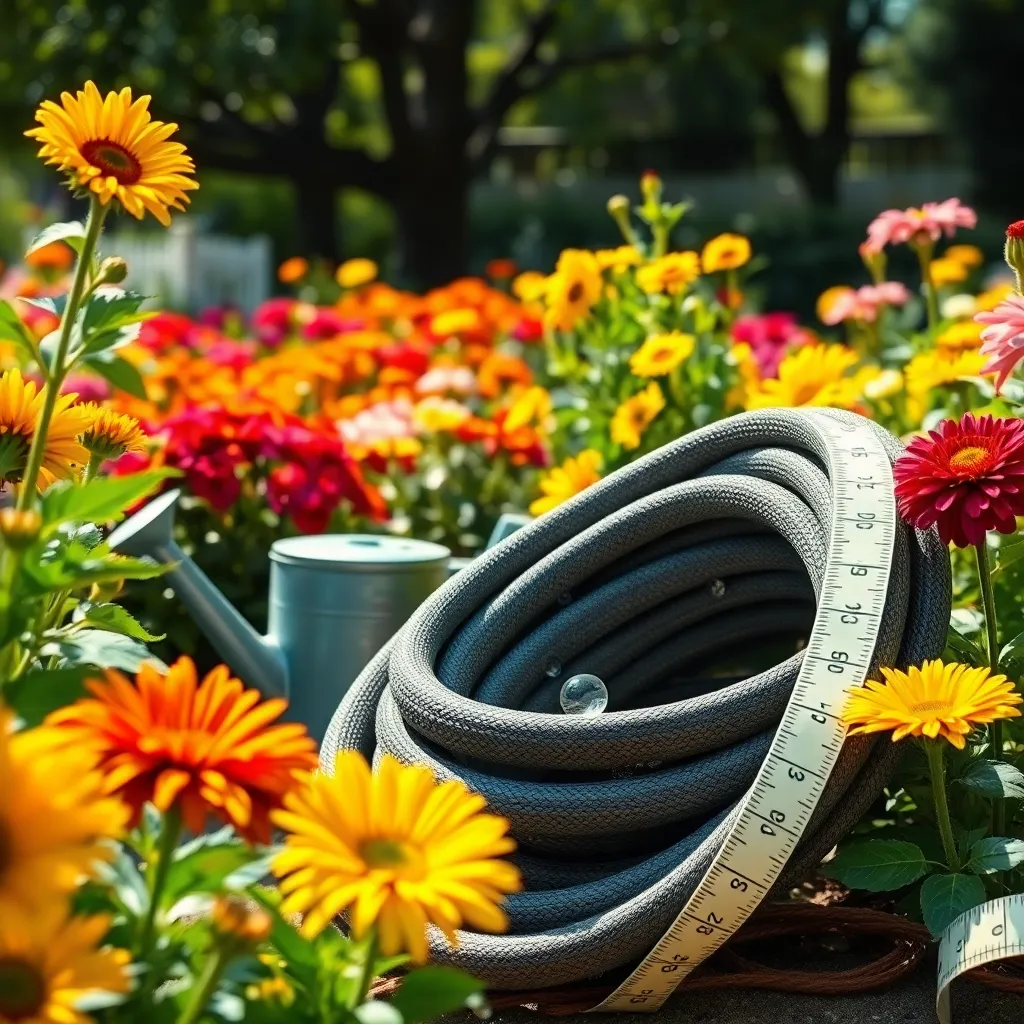
Choosing the right hose diameter is crucial for effective watering in your garden. A hose with a larger diameter can deliver more water, which is beneficial for larger gardens or areas that require frequent watering.
For most residential gardens, a 5/8-inch diameter hose is a popular choice, balancing water flow and maneuverability. However, if you have a smaller garden or need to navigate tight spaces, a 1/2-inch diameter hose may be more suitable due to its lighter weight and increased flexibility.
When watering delicate plants, consider the gentle flow provided by a smaller diameter hose. Excessive water pressure can damage tender plants and soil structure, so managing the flow with hose diameter is a subtle but important technique.
Advanced gardeners might opt for a 3/4-inch diameter hose for tasks that require high-volume water delivery, such as filling large containers or using a sprinkler system. Keep in mind that larger hoses are heavier and may be more difficult to store, so ensure you have adequate storage options.
Check Hose Flexibility and Weight

When selecting a garden hose, it’s crucial to consider both flexibility and weight to ensure ease of use. A hose that’s too heavy can be cumbersome to maneuver, while one that’s too rigid can kink easily, interrupting water flow.
Look for hoses made from materials like rubber or a rubber-vinyl blend, as these offer a good balance of flexibility and durability. Rubber hoses are generally heavier, but they are less likely to kink and can withstand higher water pressure, making them suitable for more demanding gardening tasks.
For those who prioritize ease of handling, lightweight hoses made from materials like vinyl may be more appropriate. While they are easier to move around the garden, they might not last as long under intense use, so consider how often and intensely you’ll use your hose.
Advanced gardeners might opt for an expandable hose, which becomes much lighter and more flexible when filled with water. These hoses are excellent for small to medium-sized gardens and reduce the need for storage space when not in use.
Consider Hose Nozzle Attachments
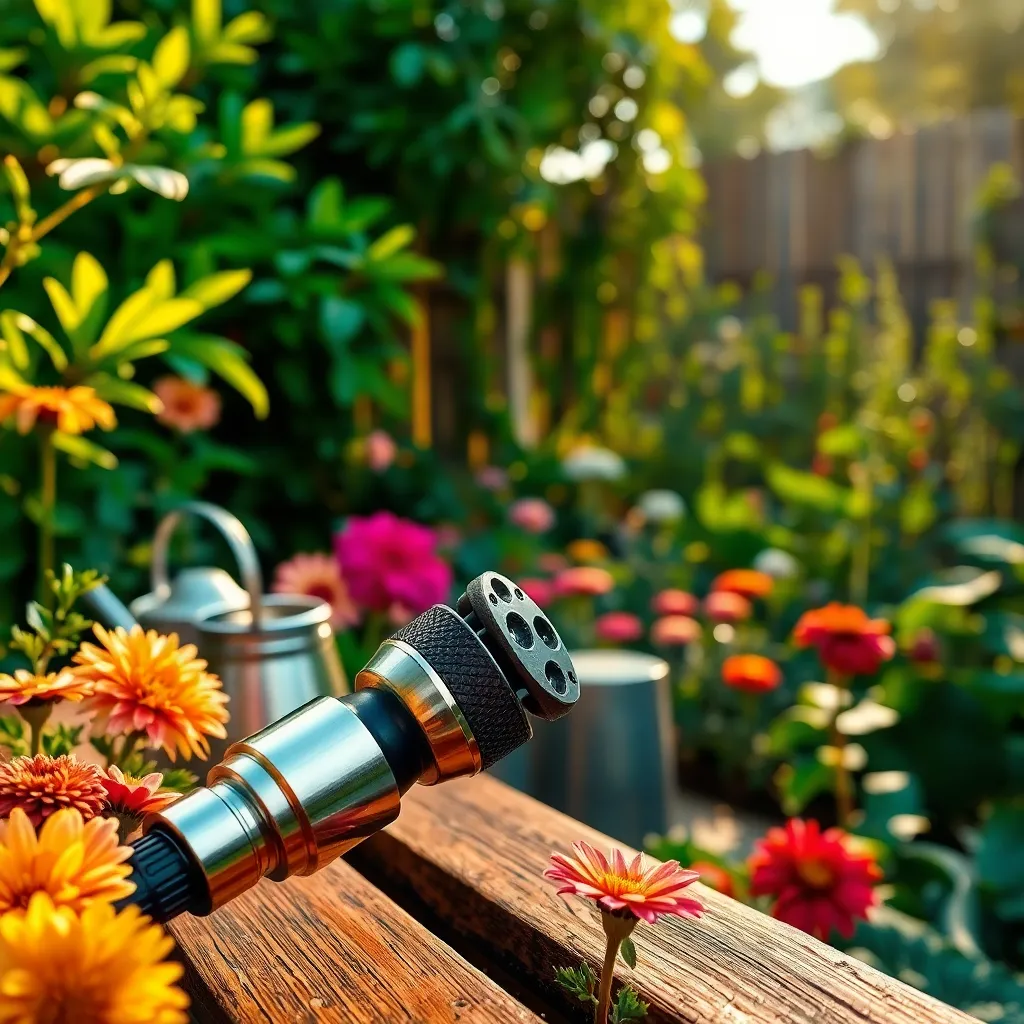
When choosing a garden hose, it’s essential to consider the right nozzle attachments for your specific needs. Different nozzle types can greatly influence the efficiency of your watering routine, providing options from gentle misting to powerful jet streams.
For beginners, a simple adjustable nozzle can offer versatility, allowing you to switch between different spray patterns with ease. These nozzles are particularly useful for watering various plants, as they can deliver a soft spray for delicate blooms or a stronger stream for cleaning tasks.
More advanced gardeners might appreciate specialized nozzles like a fan spray for evenly distributing water over a wide area, which is ideal for lawns. Consider investing in a high-quality metal nozzle, as they tend to be more durable and less likely to crack or leak compared to plastic ones.
Nozzle attachments also help in controlling water flow, ensuring that you neither overwater nor underwater your plants. For those with a large garden, a nozzle with a built-in shut-off valve can be incredibly useful, allowing you to stop the water flow without having to walk back to the faucet.
Conclusion: Growing Success with These Plants
In exploring the ‘Guide To Choose The Right Garden Hose,’ we’ve delved into five essential relationship concepts that parallel the art of selecting the perfect hose: communication, flexibility, durability, compatibility, and maintenance. Just as a garden thrives with the right tools, relationships flourish when partners prioritize open dialogue, adapt to change, nurture resilience, ensure mutual compatibility, and commit to ongoing care.
As an actionable next step, consider setting aside time this week to discuss with your partner which of these areas could use a little extra attention. Maybe it’s planning a flexible date night or revisiting expectations to ensure you both remain on the same page.
Remember, the journey to a thriving relationship is ongoing. Bookmark this guide as a handy reference, ensuring you can revisit these key principles whenever needed. Doing so will empower you to nurture your relationship with intention and grace.
Looking ahead, by integrating these insights into your daily interactions, you’re laying the groundwork for a future filled with deeper connection and enduring love. Embrace this opportunity to enrich your relationship, and watch as it blossoms beautifully over time.

